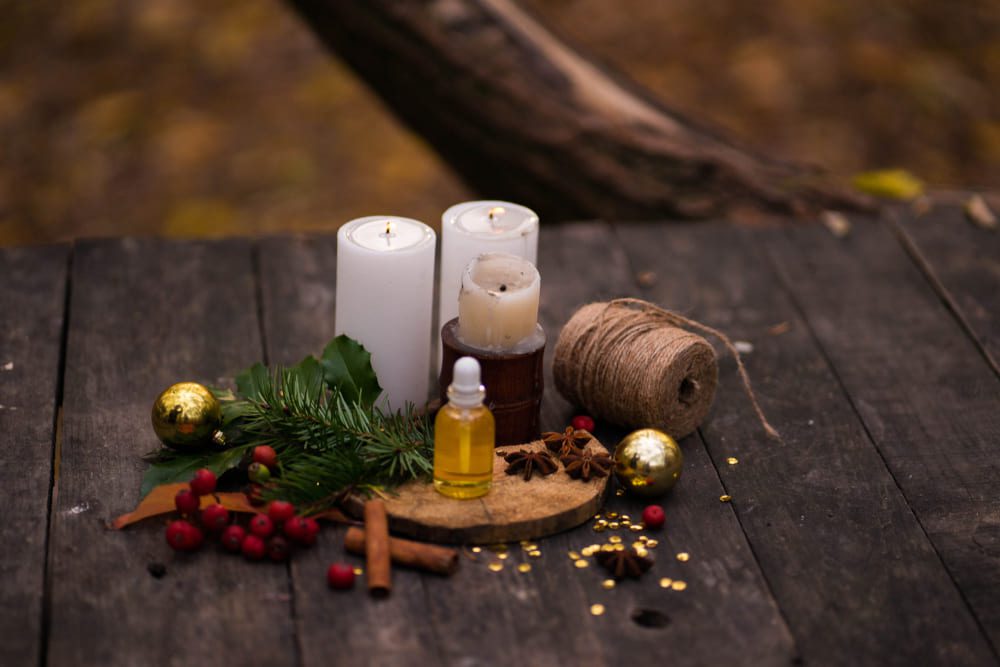Candle making is a satisfying and creative craft that blends artistry with science. Whether you’re starting a new hobby, preparing DIY gifts, or thinking about selling handmade candles, using the right supplies is key to getting great results. From clean burns to strong scent throw, your materials can make or break your final product.
So what exactly do you need to begin? This guide walks you through the essential candle making supplies for beginners and hobbyists alike.
Why It’s Important to Use the Right Supplies
Candle making might seem simple, but each component plays a critical role in performance and safety. The quality of your supplies will affect:
- Burn time
- Scent throw (how far the fragrance travels)
- Appearance (smooth tops, even colour)
- Safety (clean burning and minimal soot)
Choosing the right materials upfront will help you avoid common pitfalls and create candles that not only look great but also burn beautifully.
Core Candle Making Supplies for Beginners
Let’s break down the essential supplies you’ll need to get started:
Wax
Wax is the foundation of every candle. The most common options include:
- Soy wax – natural, clean-burning, and beginner-friendly
- Beeswax – long-burning with a subtle honey scent
- Paraffin wax – offers strong scent throw and vibrant colour but is petroleum-based
- Coconut or palm wax – often blended for better consistency and eco-friendliness
Each wax has its own melt point, scent retention, and appearance, so choose based on your project goals.
Wicks
The wick is responsible for delivering fuel (melted wax) to the flame. You’ll find:
- Cotton wicks – widely used and versatile
- Wooden wicks – offer a crackling sound and modern aesthetic
- Pre-tabbed wicks – great for beginners and come ready to use
Wick size matters. It must suit your container’s diameter and the type of wax and fragrance you’re using. Many suppliers provide wick guides to help you choose.
Containers or Moulds
You’ll need a vessel to hold your wax. Popular options include:
- Glass jars and tins – easy to source, safe, and reusable
- Silicone or metal moulds – for pillar or shaped candles
- Always ensure your container is heat-resistant and suitable for candles.
Fragrance Oils or Essential Oils
To scent your candles, use oils designed specifically for candle making. You can choose:
- Fragrance oils – made for strong scent throw and consistency
- Essential oils – natural but less predictable in performance
Always follow recommended usage rates (typically 6–10% of your wax weight) to prevent issues like sweating or poor burn.
Dyes or Colourants
Want to add colour? Use:
- Dye blocks or chips – solid and easy to control
- Liquid dyes – blend quickly, ideal for bold colours
- Mica powders – offer shimmer but may clog wicks if overused
Avoid food colouring—it isn’t designed for candle use and won’t mix properly with wax.
Helpful Tools and Accessories
The right tools make candle making smoother and safer:
- Thermometer – crucial for monitoring wax temperature during melting and fragrance addition
- Pouring jug or double boiler – to melt wax safely and evenly
- Stirring sticks – to blend wax, fragrance, and dye
- Wick holders or centring devices – to keep wicks straight while the wax sets
- Scales or measuring jugs – for accurate ratios, especially with fragrance loads
Optional But Useful Extras
Once you’re comfortable with the basics, you might want to invest in:
- Labels and warning stickers – important for safety and gifting or selling
- Heat gun – for fixing uneven candle tops
- UV stabilisers or additives – to prevent discolouration and enhance scent throw
- Packaging supplies – if you’re giving candles as gifts or selling them
These extras help elevate your candle making, especially if you’re producing in larger batches.
Buying Candle Making Supplies: Kit vs DIY
If you’re just starting out, you may be wondering whether to buy a candle making kit or purchase supplies individually.
Candle Making Kit
- Comes with all the basics in one box
- Great for beginners
- Usually includes instructions
- Limited customisation
DIY Supplies
- More freedom to choose materials
- Better for experimenting or scaling up
- Slightly more complex for first-timers
If you’re new to the craft, starting with a kit is a great way to learn. As you gain confidence, you can move on to buying individual supplies for more flexibility.
Final Tips for First-Time Candle Makers
- Start small – work on one or two candles at a time as you learn
- Test everything – wick size, fragrance ratio, and burn performance
- Keep notes – document your process to improve future batches
- Have fun – candle making is equal parts science and creativity
With the right supplies and a little patience, you’ll be creating beautiful, fragrant candles in no time.

